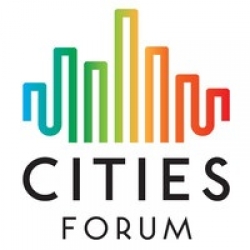 Sharon Kindleysides
Sharon Kindleysides Dr Walter Weigel
Dr Walter Weigel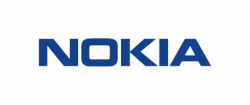 Uwe Puetzschler
Uwe Puetzschler Roch Muraine
Roch Muraine Stoyan Nikolov
Stoyan Nikolov Alina Koskela
Alina Koskela John Paddington
John Paddington Alexandra Cutean
Alexandra Cutean Julian Diederichs
Julian Diederichs Hugo Lerias
Hugo Lerias Manfred Braun
Manfred Braun Nick Reeve
Nick Reeve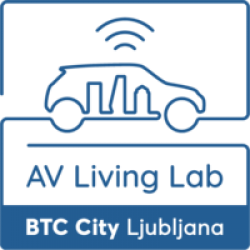 Daniel Avdagič
Daniel Avdagič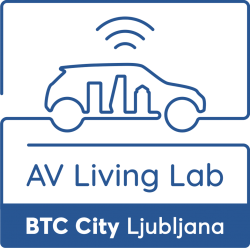 Klavdija Janc
Klavdija Janc Daniel Avdagič
Daniel Avdagič Roch Muraine
Roch Muraine Janez Križan
Janez Križan Shadi A Razak
Shadi A Razak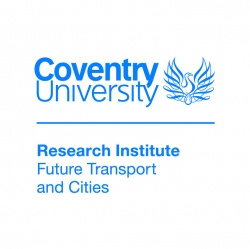 Prof Siraj Shaikh
Prof Siraj Shaikh Stephan Appt
Stephan Appt Reiner Stuhlfauth
Reiner Stuhlfauth Shadi A Razak
Shadi A Razak Michael Schramm
Michael Schramm Nurit Peres
Nurit Peres Lara Moura
Lara Moura Roshan Sherifudeen
Roshan Sherifudeen Awais Khan
Awais Khan Adrian Pearmine
Adrian Pearmine Peter Broekroelofs
Peter Broekroelofs Dr Andreas Groh
Dr Andreas Groh Christian Löwe
Christian Löwe Mehmet Cabadak
Mehmet Cabadak Prof Siraj Shaikh
Prof Siraj Shaikh